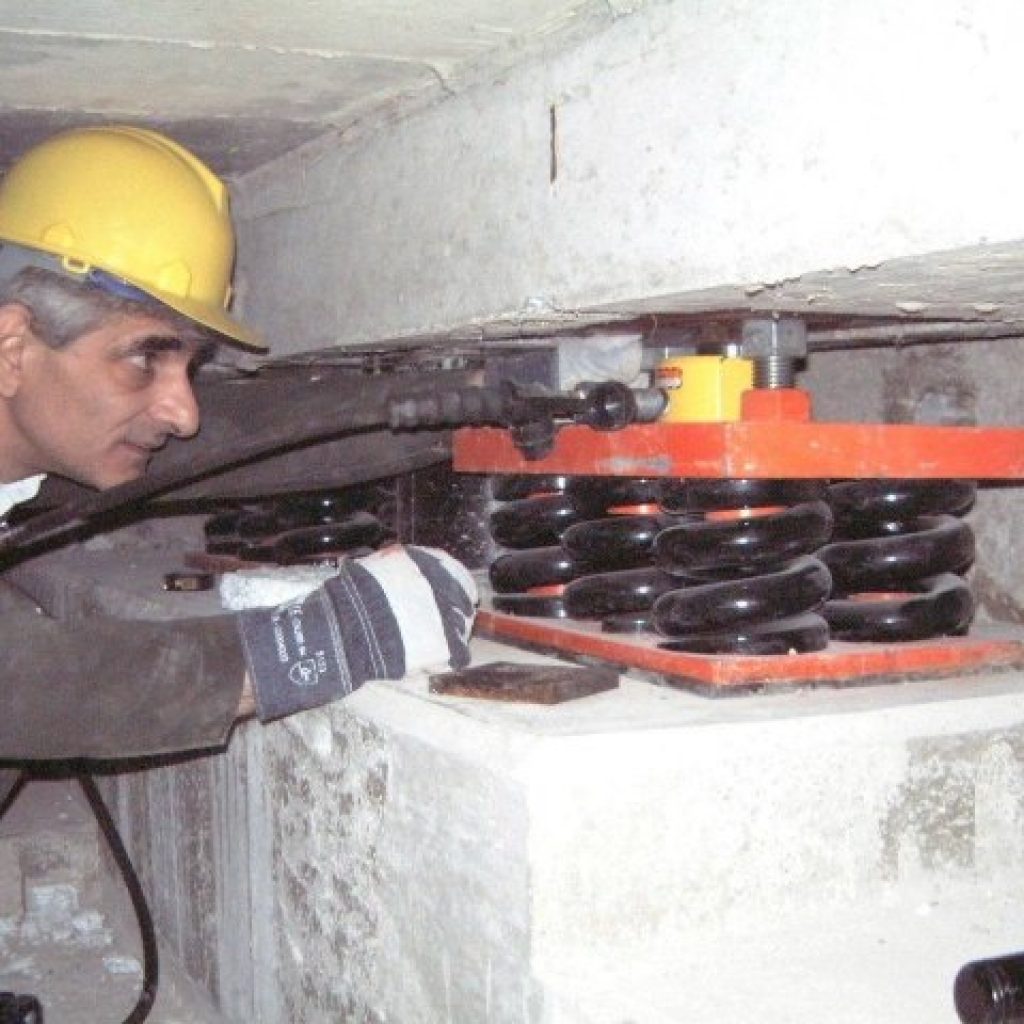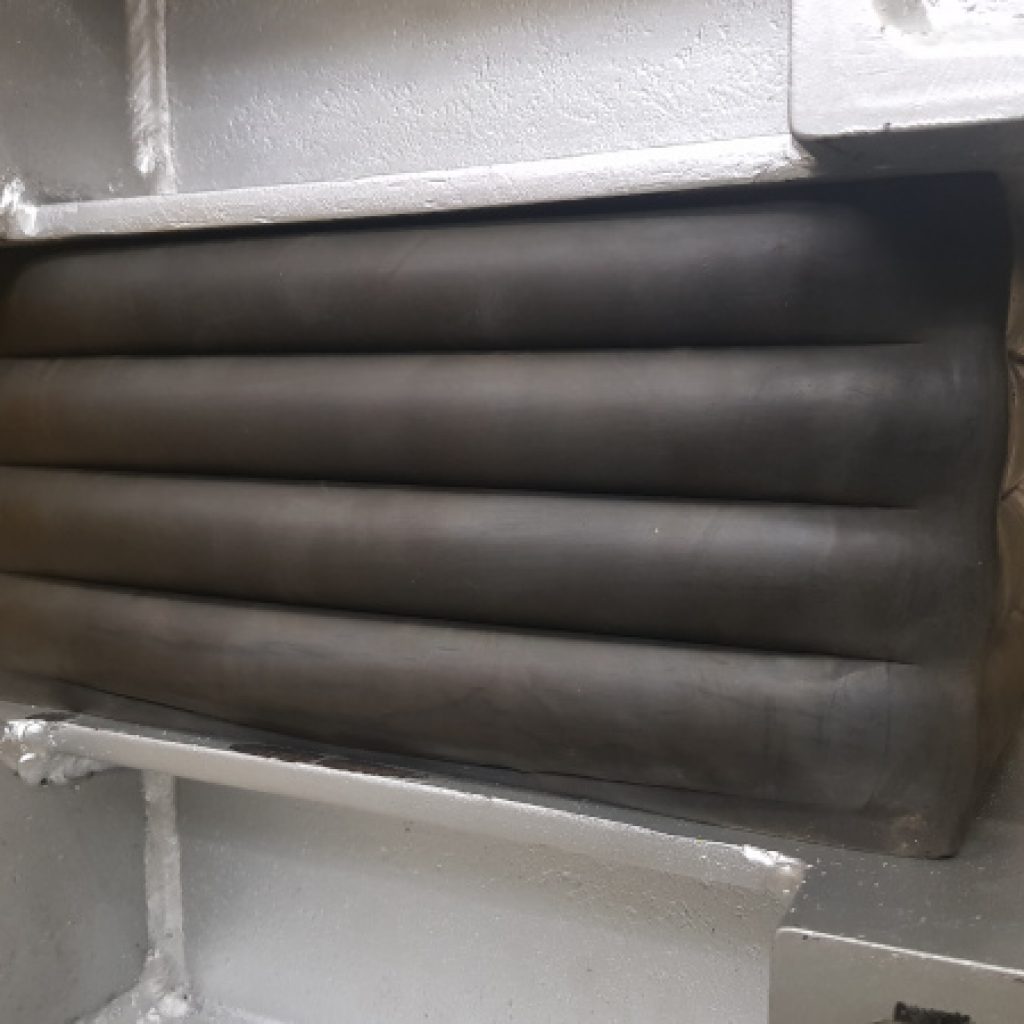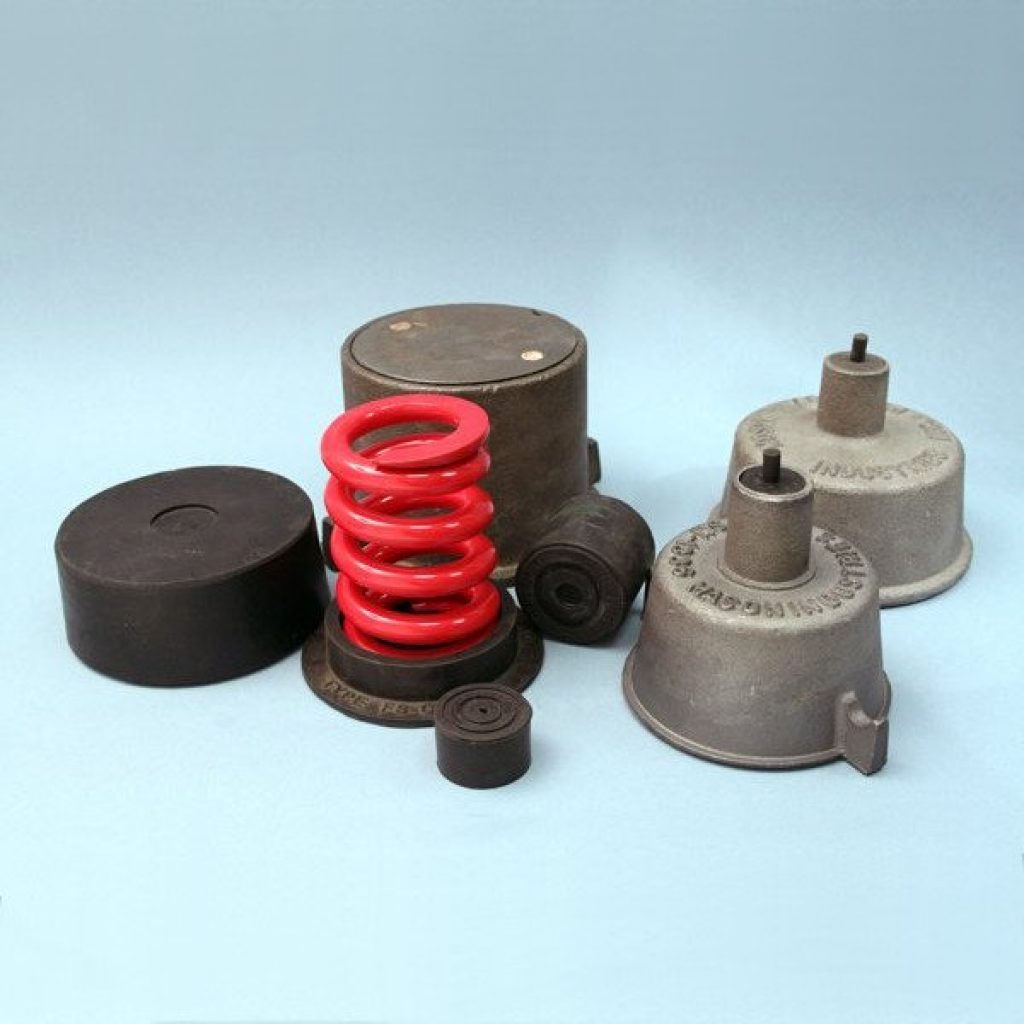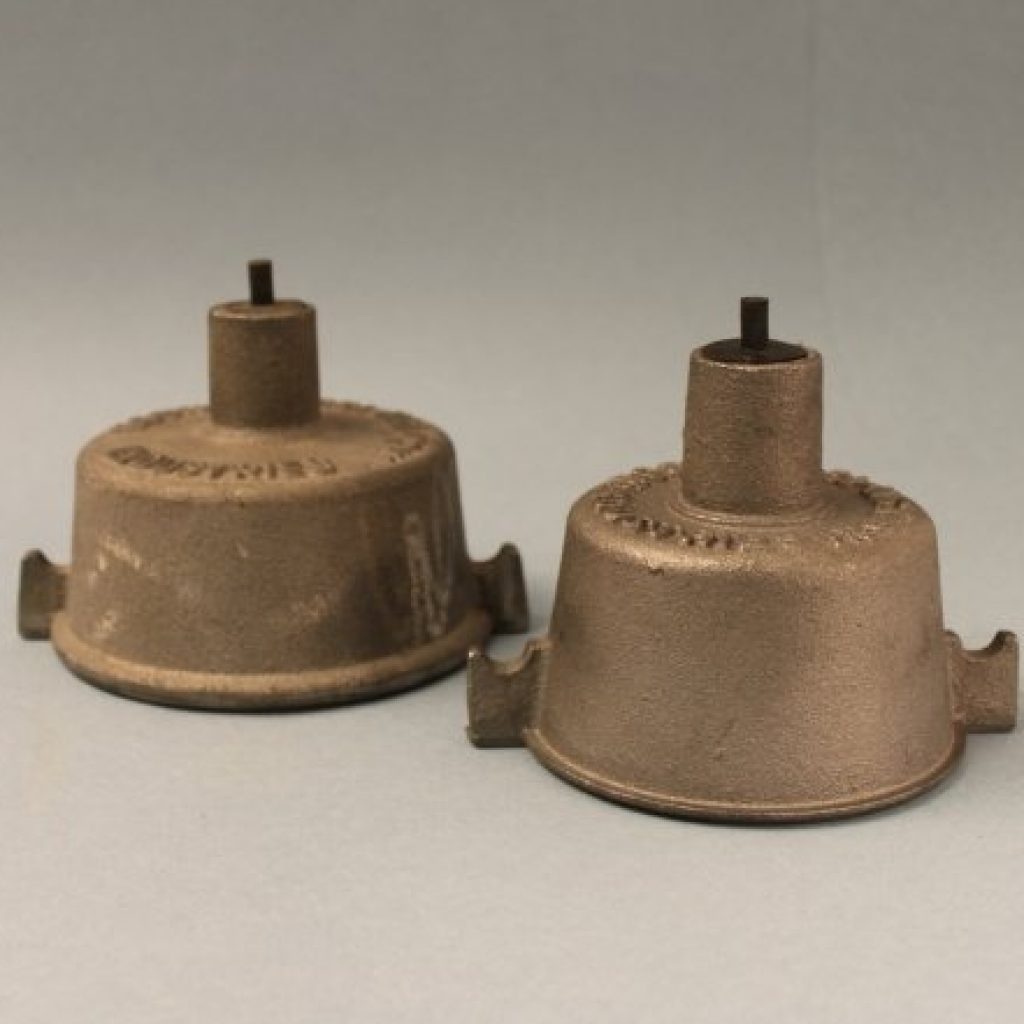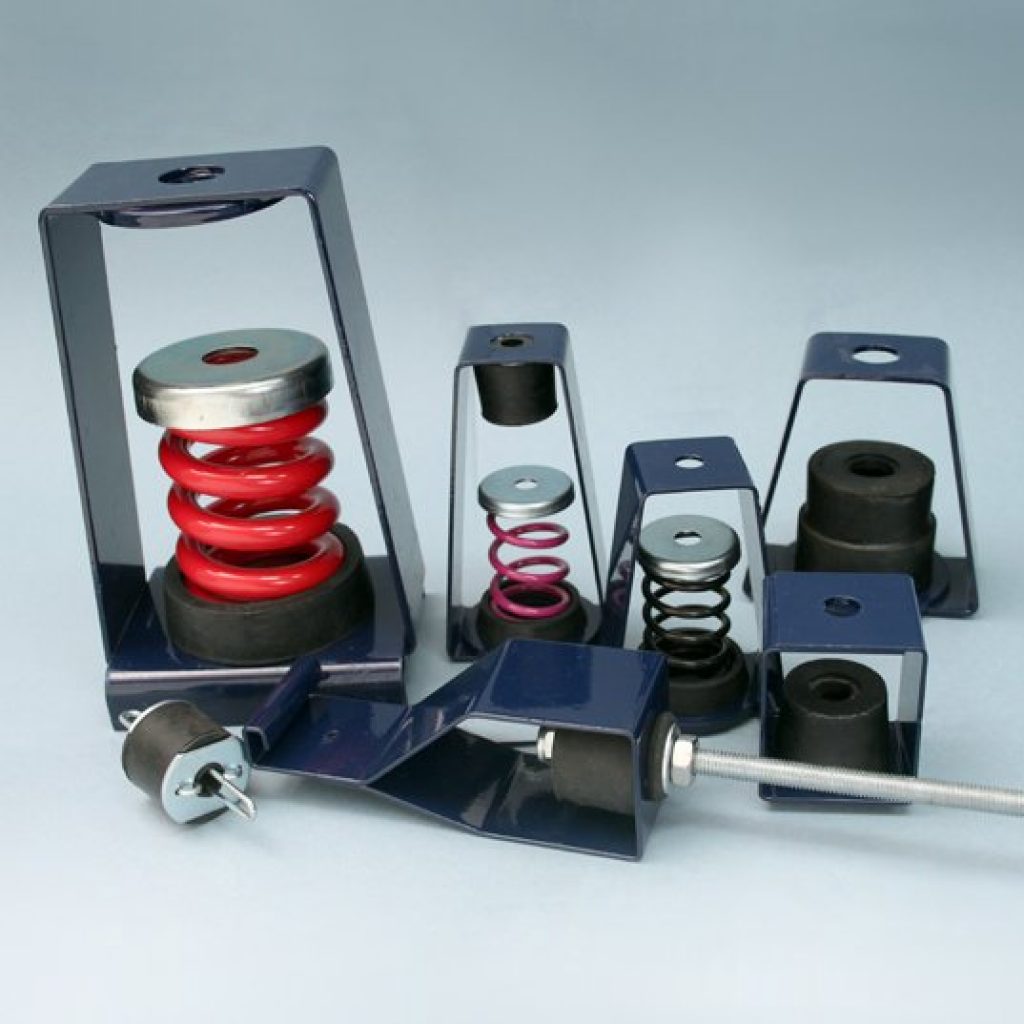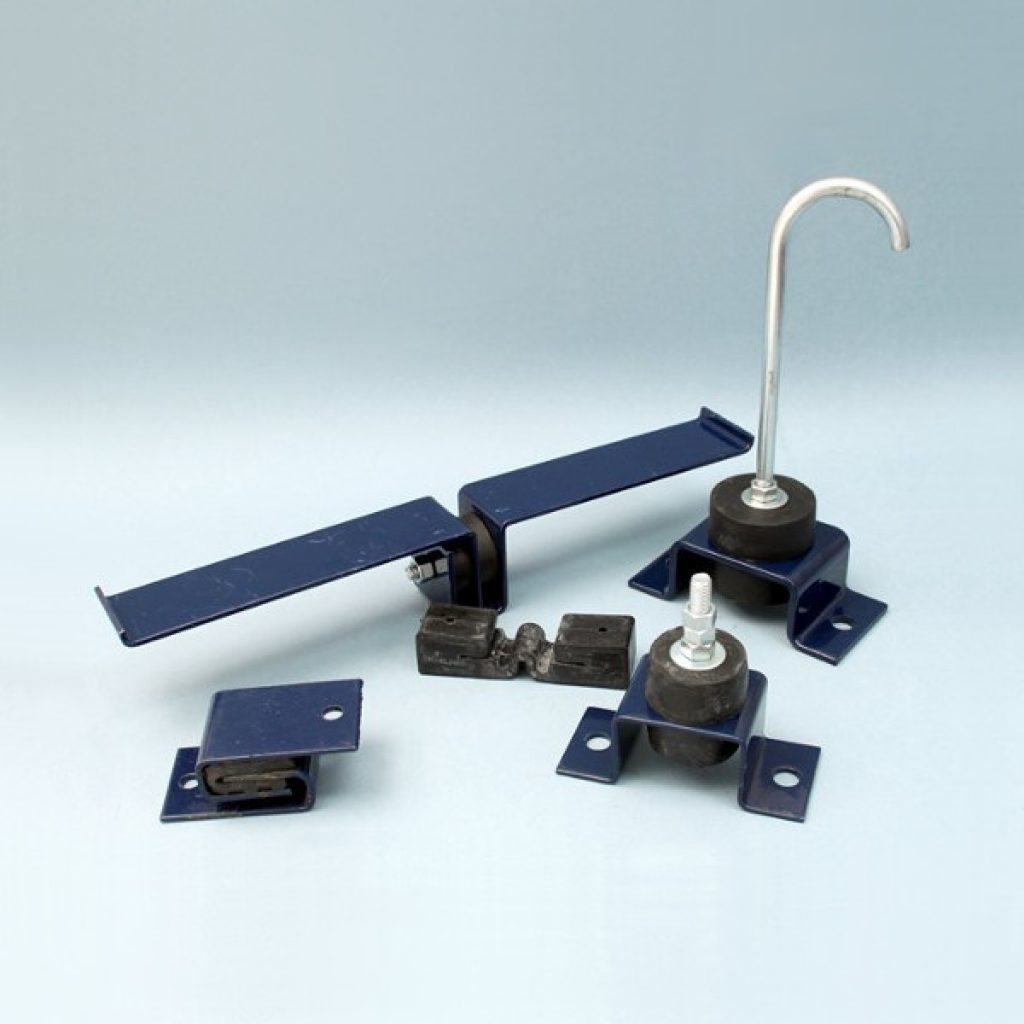Structural Isolation Bearings and Floating Floors for the Park Modern Development

Figure 1 – Artist’s impression of completed Park Modern Development (left) overlooking Hyde Park
Park Modern is a residential development with luxury apartments, exceptional facilities, and views across Hyde Park. Due to the proximity of the structure to the London Underground, extensive vibration control was required. Mason UK were brought on board to tackle these challenges and deliver a challenging specification.
Park Modern includes 57 high-end apartments, with prices for these apartments ranging from £2 million for a one bedroom to £60 million for the striking nine-bedroom penthouse. The development also includes a wellbeing floor, with a residents-only spa, treatment rooms and private healthcare, a 25-metre swimming pool, a gymnasium, and a 16-seat cinema that residents can reserve for private use.
With the London Underground Central Line so close to the basement, vibration from the tube would be easily transmitted into the building’s structure, causing unacceptable noise within. Acoustic consultant Hoare Lea, who has a reputation for tackling projects with complex vibration isolation needs, provided the specification to guide the contractor, Ant Yapi, with the assistance of Cahill Design Consultants.
The isolation line
The isolation line for the project ran horizontally across level one, while dipping down the two elevator cores to the bottom of the basement (B3). This is standard when providing structural isolation for a building with elevators, as cutting through building cores or reacting ground bearing pressures compromise acoustic performance. This method meant the elevator cores at the bottom of B3, along with the entire building from level one upwards, were isolated on a system of 8Hz rubber bearings. In total there were approximately 350 QTY of vertical load bearings, ranging in size from 130x130x95mm thick to 460x460x95mm thick to suit the various loads. The implementation of this design interrupted the vibration transmission path from that generated by tube trains into the building’s structure, where it could manifest as noise disturbance in the apartments above.
Figure 2 – Isolated Steel Frame supported on Mason Bearings at each Column Head
Figure 3 – Preparation and placing of Bearings and Shear Pins upon a column head
Box-in-box systems
Below the isolation line, everything was isolated independently using concrete floating floors. For Mason UK, this was the largest floating floor system, by surface area, they had ever installed. 2,000m² across the three basement levels.
At basement level, the floating floors were installed as part of a box-in-box method of isolation. This comprises a floating floor, isolated walls and a suspended ceiling. All elements are therefore supported or suspended using isolators, ensuring no solid connection between the existing structure and the interior of the room. This method prevents vibration from the tube below passing into the structure, but it also prevents noise and vibration from the basement levels from emanating outwards into the rest of the building.
Figures 4 & 5 – Floating Floor steelwork on level B2 (left); Floating floors during the jacking up process (right).
Proactive engineering
The most onerous task was providing effective isolation at B3, the level closest to the Central Line. In the original design, Hoare Lea had specified higher performance spring isolators due to inherent uncertainty of assumptions necessary before excavations or even demolition of the prior building had begun. Ant Yapi had also brought on board another acoustic consultant, Cahill Design Consultants (CDC), to ensure that Hoare Lea’s recommendations were implemented on site and together we built and tested a 10m² test cell on basement level 3. The results meant that the floating floor requirements could be relaxed slightly, saving material quantity and cost.
This was not the only instance where a proactive approach saved space and money, while still maintaining the requirements of the specification. There was also a swimming pool on B3, which was originally planned to be constructed on a floating floor. To save space and materials, Mason suggested an isolated deck rather than a concrete floor and worked meticulously with the specialist contractor to develop.
Reflections on the project
Steve Hart, director at Mason UK, is one of the most experienced engineers in the industry when it comes to the design and installation of floating floor systems. ‘‘This is the largest floating floor system we have ever done by surface area, so although the system itself was relatively straightforward, it was an exciting project to be involved with. Handling all of the logistics for the concrete as well was also a challenge.’’
Reflecting on the evolution of the design for the basement levels during the project, Adam Fox, director at Mason UK, was keen to highlight the need for a proactive approach. ‘‘The involvement we had in developing the structural design of the building and variations to the floating floor specifications, showed the need to early engagement with the design and contracting teams. We committed to years of effort to support the client from concept to delivery and we are very proud of the result.’’
Installation Photos
See a selection of installation photos below.


